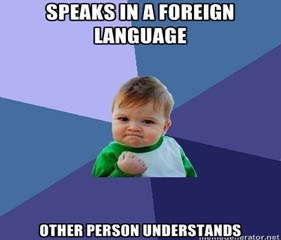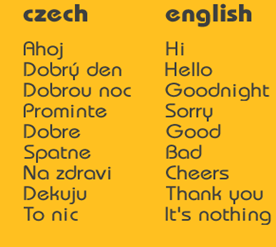Italian language is considered as the child of Latin, and bears resemblance to Spanish, French, and Portuguese. Language experts have always termed Italian language as one of the most interesting languages. As a matter of fact, people from different spheres have shown keen interest in learning this language and going into its depths. Here are few interesting facts about Italian language that you may find interesting.
Not Only Spoken in Italy
Owing to the fact that Italy and Italian sound similar, most people are not aware that Italian is not the official language of just Italy. Switzerland, San Marino, and Vatican City are other three European countries where Italian is the official language; while it is a co-official language of Slovenian Istria and Istria County in Croatia. This indicates there is a large population who are native Italian-speakers.
Number of Speakers
According to Wikipedia, Italian is spoken as a native language by approximately 65 million people in the European Union, mainly in Italy, and also another 14 million people in surrounding regions speak Italian as their second language.
More than one Version
An interesting fact about Italy and Italian language is that there are several languages spoken in Italy itself, and all are thought of being Italian. Standard Italian is the official language of Italy and is based on the Tuscan dialect that was vocalized in Florence during unification of Italy. But, there are other dialects of the Italian language as well, such as Friulan, Sardinian, Sicilian, Ligurian, and Ventian.
Easy to Master
Having said this, don’t start assuming you can master Italian in a jiffy. The reference to Italian language being easy to master is that people who are aware of other European language such as French or Spanish can grasp Italian better and quickly. In fact, there‘s a thing with Romance languages; if you know one of the languages, you can understand all others.
Long Words
Most of the words in Italian language are long. In fact, the longest word in Italian has about 29 letters– esofagodermatodigiunoplastica–which means surgery after the removal of stomach and esophagus. Then there’s a 26 letters long word “precipitevolissimevolmente,” which means extremely quickly.
Final Words
Mastering a foreign language is not an easy task. Hence, if you are visiting any nation for a business trip where Italian is the official language, it would be better to avail translation service for smooth functioning of meetings. Give a call at 888-670-3369 to know more about Italian language translation service.




